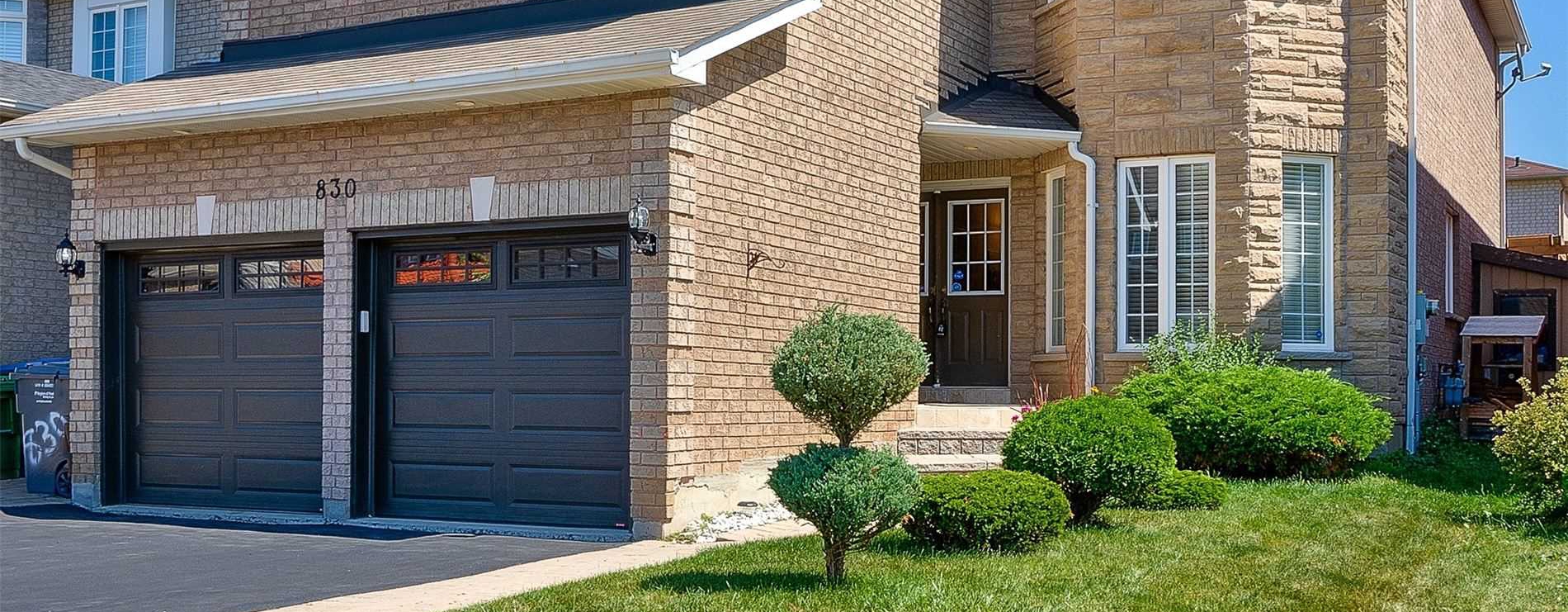
Yes, it can be harder to get approved for a mortgage while self-employed because lenders want to see a steady income and employment history.
- If you are a self-employed borrower you may have a more difficult time proving your income and demonstrating your ability to repay the mortgage.
- If your net income after all business expenses is negative, than your income won’t be sufficient to qualify for a traditional mortgage.
Self Employed Mortgage Loan Process
The process to get a mortgage is the same as a W2 wage earner, and the requirements are the same. Your credit score will be pulled and reviewed, your debt will be analyzed, and your income will be reviewed.
The difference is in how the income is calculated and the documents needed.
Lenders will want proof that the income is stable, and that the business has the ability to generate enough income to cover the monthly mortgage payment plus all other expenses.
So how is this proof provided? By providing a two year history of your business financials.
Financial Documentation for Self-Employed
- Last 2 years of your business tax returns including all schedules and K1s
- Last 2 years of your personal tax returns inlcuding all schedules
- Year to date prrofit and loss statements
- Last 3 months of bank statements for the business
Lenders will review for worst case scenario. Fluctuation in income is normal but if there is a significant decrease from year to year it could raise some questions to the underwriter.
It could be sign that your business is declining.
If this is the case, a worse case scenario will be used for calculating the income.
If your income is not regular and reliable, lenders typically won’t count it.
An experienced loan officer can go over your specific situation and determine if you qualify. How a Mortgage Loan Officer can Help you from Start to Finish
What happens if your income isn’t enough for a traditional mortgage?
If the calculated income isn’t high enough for a traditional mortgage, you can get around this issue by getting a bank statement loan.
A traditional mortgage is the following loan types:
All the above loan types require tax returns to verify income but, the bank statement mortgage lets you qualify based on the deposits going into your bank account rather than using tax returns.
To verify income, either 12 or 24 months of business bank statements will be needed.
The cash going in every month will be evaluated, calculate an average, and use that amount to come up with the qualifying income.
This program is great for self-employed borrowers who have a lot of cash flow but aren’t able to show that on the tax return.
There are some things to keep in mind if you decide to go this route:
- The program has a down payment requirement
- Only certain lenders offer the bank statement loan program
- The interest rate is higher
- You may have to pay points
- You’ll be required to have reserves (at least 3 months worth)
Bank Statement Home Loan – NonQM
More info that may interest you:
Categories
Latest Post
- Are property taxes included in the mortgage?
- Property Taxes
- What are the 4 c’s of credit?
- What is an appraisal contingency?
- Flying Solo: Purchasing a Home Without Your Spouse in Texas
- The Real Reason Underwriters Deny Loans – What You Need to Know
- Stretch Your Home Buying Budget with a 40-Year Mortgage
- Save Money on Your Mortgage with a No Closing Cost Option
- Co-Borrowers on a Mortgage: Everything You Need to Know
- Maximize Your Home Buying Budget: Lender Credits 101